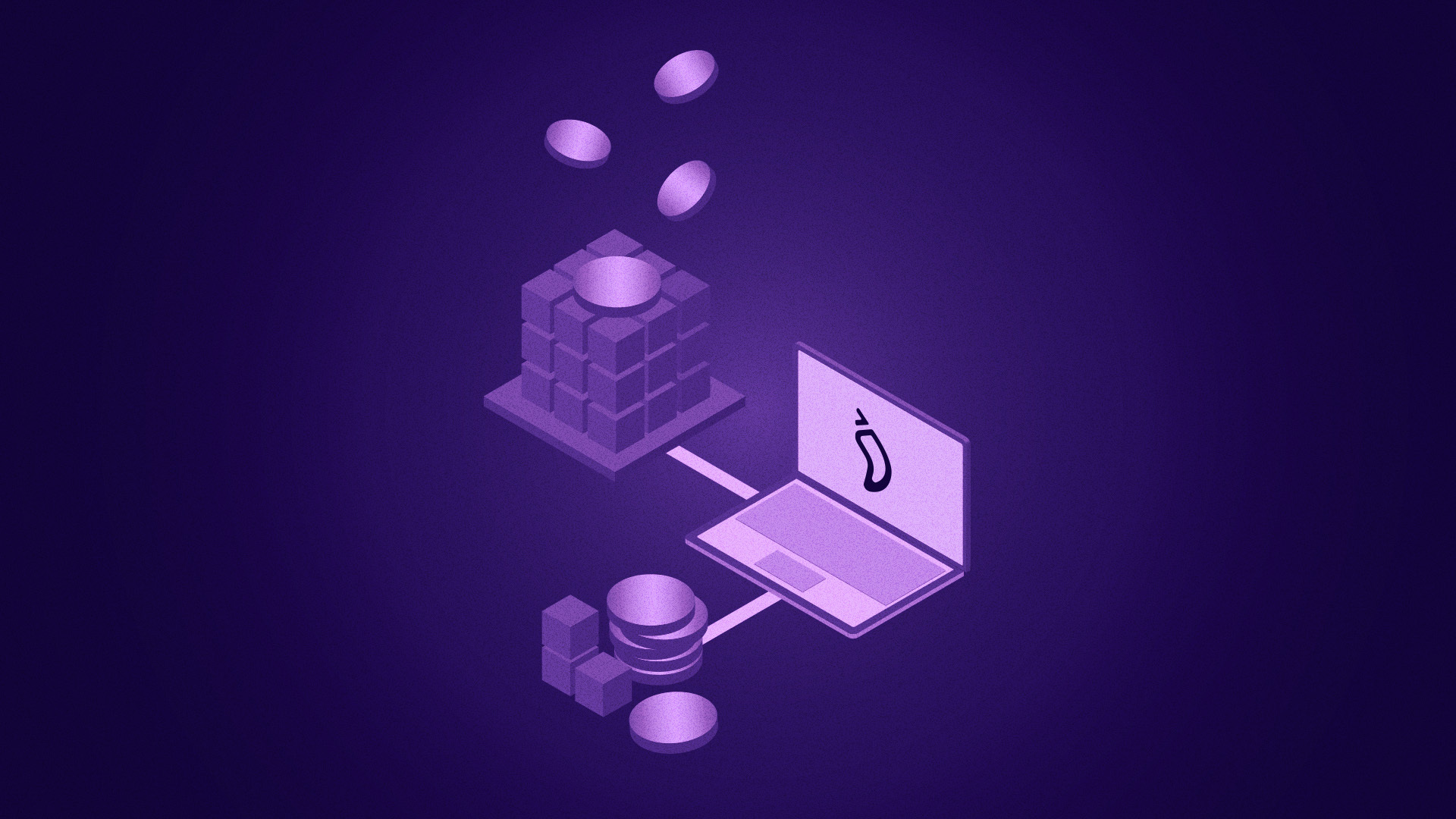Over time, several blockchains, especially those that function on proof-of-stake systems, have been kept secure through Staking. However, it comes with a disadvantage, as staked tokens can not be used for anything as they are usually locked during staking. This is where liquid staking derivatives (LSDs) come in.
With Liquid staking, users can of course earn rewards. They can also trade, move or use their tokens elsewhere while in the staking process. It’s like having the best of both worlds: supporting the network and staying active in the crypto space. As more people look for ways to grow their assets without giving up control, LSDs are becoming a popular choice.
What Is Liquid Staking?
In proof-of-stake networks like Ethereum, users can support the blockchain by staking tokens, meaning locking them up to help keep the network running smoothly and securely. In return, stakers earn rewards over time. It’s a key part of how these networks work.
However, traditional staking means your tokens are locked and can’t be moved, traded, or used until the staking period ends. This can be a problem for people who want to stay active in other areas of crypto.
That’s where liquid staking comes in. With liquid staking, you still stake your tokens to help the network, but you also get a liquid token in return. This token represents your staked position and can be used in other ways—like trading, lending, or using it in DeFi platforms.
Popular services like Lido, Rocket Pool, and Marinade offer liquid staking options, helping more people take part in network participation without giving up flexibility. Liquid staking gives you the chance to earn staking rewards and still keep your crypto active.
What Are Liquid Staking Derivatives (LSDs)?
Liquid Staking Derivatives, or LSDs, are special tokens that represent your staked crypto. When you stake tokens like ETH through a liquid staking platform, you get an LSD in return. This token shows that you’re still part of the network and earning staking rewards.
The best part is that while your main tokens are staked and helping secure the network, your LSD can still be used. You can trade it, use it in lending or borrowing platforms, or take part in other DeFi activities.
Popular examples of LSDs include stETH from Lido, rETH from Rocket Pool, and cbETH from Coinbase. Each one gives users a way to stay active in the crypto world without missing out on staking rewards.
The main ideas behind LSDs are capital efficiency (getting more out of the assets you hold), DeFi composability (being able to use LSDs across different apps), and the ability to stake without losing liquidity. Simply put, LSDs let you earn rewards and still keep your crypto working for you.
How Do LSDs Work?
The process behind Liquid Staking Derivatives (LSDs) is simple and user-friendly. When you stake tokens through a liquid staking platform, you receive a derivative token in return. For example, if you stake 1 ETH, you might get 1 stETH. This token stands for 1 staked token plus any yield you earn over time. It grows in value as rewards build up.
Because LSDs are tokenized staking positions, they can be used in many different ways. You can move them across wallets, trade them, or use them in DeFi protocols like lending platforms, farming pools, or liquidity providers. This turns LSDs into yield-bearing assets that stay active while still earning.
Unstaking options depend on the platform. Some let you swap your LSD back instantly using liquidity pools, while others require a waiting period to fully withdraw your original stake. Popular platforms like Lido, Rocket Pool, and Coinbase each have their own systems.
The whole idea is to give you non-custodial participation in staking while still giving you the freedom to do more with your crypto. It’s a smart way to stay connected to the network and the wider crypto world at the same time.
Benefits of Liquid Staking Derivatives
Liquid Staking Derivatives (LSDs) make it possible to earn from staking without giving up access to your tokens. In regular staking, your tokens are locked and can’t be used for anything else. But with LSDs, you keep your liquidity — meaning you can still move or use your assets while they stay staked in the network.
You still earn staking rewards, but now you can also take part in DeFi. For example, you can trade, lend, or borrow using LSDs on platforms like Aave, Curve, or Balancer. This lets your tokens work in more than one place at the same time.
LSDs also help support decentralization. They make staking more open to a wider group of users, which helps spread out control and strengthens the network.
Another benefit is that LSDs can be used in new ways. You can use them as collateral to take a loan, vote in governance, or join other parts of the crypto world. Examples of LSDs include stETH from Lido, rETH from Rocket Pool, and cbETH from Coinbase.
In short, LSDs give users more ways to get involved without missing out on rewards.
Use Cases and Ecosystem Growth
Liquid Staking Derivatives (LSDs) are growing fast across popular blockchains like Ethereum and Cosmos. These networks use proof-of-stake systems, where LSDs help more people take part in staking without losing access to their funds.
In the Ethereum ecosystem, platforms like Lido and Rocket Pool let users stake ETH and receive tokens like stETH or rETH, which can then be used across DeFi apps. You can trade them, lend them, or earn more rewards by joining liquidity pools on protocols like Curve, or Aave.
In Cosmos, liquid staking is also taking shape through tools like Stride and pSTAKE, letting users stake ATOM and still take part in DeFi activity across the Cosmos network.
This setup supports a key idea in DeFi called composable finance, where different tools and tokens can work together. Instead of choosing between staking or using DeFi, users can now do both. This improves capital productivity, meaning your tokens can be staked and still help you earn more in other ways.
As support grows, more apps and users are adding LSDs into their strategies, helping the whole DeFi space grow stronger and more connected.
The Future of Liquid Staking – Could Chiliz Chain Benefit?
As the Chiliz Chain grows, its staking setup might also develop over time. While nothing is confirmed, there’s room to imagine how liquid staking could fit into the mix, especially with its focus on sports and entertainment.
If Liquid Staking Derivatives (LSDs) become part of the Chiliz ecosystem, they could bring new ways for fans to stay active in the network without giving up control of their tokens. For example, tokens could stay staked while still being used for things like ticketing, fan rewards, or gamified activities.
There’s also the idea of creating fan-facing utility tokens that remain liquid, meaning fans can take part in staking and still use their tokens for games, votes, or special experiences.
While this is just a possibility for now, it shows how staking could go beyond tech and move closer to the everyday fan experience.











